Every pet owner wants their furry friend to live a long and healthy life. While regular exercise and a balanced diet are crucial, dental care often gets overlooked. Just like humans, dogs need proper dental hygiene to prevent dental issues like tartar buildup, gum disease, and bad breath. But how do you effectively clean your dog’s teeth? In this complete guide, we’ll delve into everything you need to know about cleaning your dog’s teeth to ensure their oral health and overall well-being.
Contents Overview
Why is Dental Care Important for Dogs?
Dental care is essential for dogs to maintain their overall health and well-being. Poor dental hygiene can lead to various dental issues such as gum disease, tooth decay, and bad breath. Moreover, dental problems can also impact your dog’s overall health, potentially leading to systemic issues like heart and kidney diseases. By prioritizing your dog’s dental care, you can help prevent these problems and ensure they live a happier, healthier life.
Signs of Dental Problems in Dogs
Maintaining good oral health is essential for your dog’s overall well-being. However, dental problems can arise, leading to discomfort, pain, and potential health issues if left untreated. Recognizing the signs of dental problems early can help you address them promptly. Here are the key signs to watch out for:
- Bad Breath (Halitosis):
- Bad breath is often the first sign of dental issues in dogs.
- It can indicate the presence of bacteria in the mouth, leading to plaque and tartar buildup.
- Persistent bad breath may suggest underlying dental problems such as gum disease or tooth decay.
- Visible Tartar Buildup:
- Tartar is a hard, yellowish-brown deposit that accumulates on the teeth.
- It forms from mineralized plaque and can harbor harmful bacteria.
- Visible tartar buildup along the gum line or on the surface of the teeth indicates poor dental hygiene and potential dental issues.
- Bleeding or Inflamed Gums:
- Healthy gums should appear pink and firm.
- Bleeding gums or signs of inflammation, such as redness or swelling, may indicate gingivitis or periodontal disease.
- Gums may also recede or pull away from the teeth as dental problems progress.
- Loose or Missing Teeth:
- Loose or wobbly teeth are a sign of advanced dental disease.
- Teeth may become loose due to gum recession, bone loss, or infection.
- Missing teeth can result from severe decay, trauma, or extraction due to disease.
- Difficulty Chewing or Eating:
- Dental pain or discomfort can make it challenging for dogs to chew their food properly.
- Dogs may show reluctance to eat hard or crunchy foods or may favor one side of the mouth while chewing.
- Dropping food from the mouth or excessive drooling during mealtime may also indicate dental issues.
- Pawing at the Mouth:
- Dogs experiencing dental pain may paw at their mouth or face in an attempt to alleviate discomfort.
- They may rub their face against furniture or objects, indicating oral discomfort.
- Changes in Behavior or Appetite:
- Dental pain can affect a dog’s behavior and appetite.
- They may become irritable, lethargic, or withdrawn.
- Dogs may also show signs of discomfort when yawning, grooming, or being touched around the mouth.
- Oral Discharge or Lesions:
- Unusual oral discharge, such as pus or blood, may indicate infection or dental abscesses.
- Lesions or growths in the mouth, including lumps or ulcers, should be evaluated by a veterinarian for potential dental problems or oral tumors.
- Reluctance to Allow Mouth Inspection:
- Dogs with dental issues may resist having their mouth examined or may become defensive when approached near the face.
- Reluctance to allow mouth inspection can make it challenging to assess dental health but underscores the need for veterinary evaluation.
- Changes in Breath Odor:
- While bad breath is common in dogs, a sudden change in breath odor, particularly if it becomes noticeably foul or pungent, may indicate dental problems requiring attention.
Steps to Clean Your Dog's Teeth
Maintaining good oral hygiene is essential for your dog’s overall health and well-being. Regular dental care, including brushing your dog’s teeth, can help prevent dental issues such as plaque buildup, tartar accumulation, gum disease, and bad breath. Here’s a detailed guide on how to clean your dog’s teeth effectively:
- Gather Supplies:Before you begin, gather all the necessary supplies:
- Dog toothbrush or finger brush: Choose a brush with soft bristles and an appropriate size for your dog’s mouth.
- Dog toothpaste: Never use human toothpaste, as it contains ingredients that can be harmful to dogs if ingested.
- Clean, damp cloth or dental wipes (optional): These can be used as alternatives to brushing for dogs who are not yet comfortable with a toothbrush.
- Introduce Your Dog to the Toothbrush and Toothpaste:
- Allow your dog to sniff and taste the toothpaste to familiarize them with the flavor.
- Let your dog lick the toothpaste off your finger or the toothbrush to create a positive association.
- Choose the Right Time:
- Pick a time when your dog is calm and relaxed, such as after a meal or exercise session.
- Avoid brushing your dog’s teeth when they are excited or anxious, as this can make the process more challenging.
- Position Your Dog Comfortably:
- Sit or kneel next to your dog in a quiet, well-lit area.
- Position your dog in a comfortable and secure manner, either sitting or lying down with their head supported.
- Begin Gently:
- Lift your dog’s lips to expose their teeth and gums.
- Start by gently brushing a few teeth at a time, gradually working your way around the mouth.
- Use gentle, circular motions to clean both the front and back surfaces of the teeth.
- Focus on Technique:
- Angle the toothbrush at a 45-degree angle to the gum line for optimal cleaning.
- Pay extra attention to the area where the teeth meet the gums, as plaque and tartar tend to accumulate there.
- Brush in small, circular motions to effectively remove plaque and debris from the teeth.
- Be Patient and Positive:
- Stay calm and patient throughout the process, offering praise and rewards to reinforce good behavior.
- If your dog becomes anxious or resistant, take breaks as needed and resume brushing once they have calmed down.
- Gradually Increase Duration:
- Start with short brushing sessions, aiming for 30 seconds to one minute initially.
- Gradually increase the duration as your dog becomes more comfortable with the process, aiming for 2-3 minutes per session.
- Don’t Forget the Back Teeth:
- Pay special attention to the back teeth, where plaque buildup is common but often overlooked.
- Use the tip of the toothbrush or your finger to reach the molars and premolars at the back of the mouth.
- Rinse and Reward:
- Once you’ve finished brushing, rinse your dog’s mouth with clean water or a dental rinse if preferred.
- Reward your dog with praise, treats, or their favorite toy to reinforce positive behavior and make the experience enjoyable for them.
- Establish a Routine:
- Consistency is key to maintaining your dog’s dental health. Aim to brush their teeth at least 2-3 times per week, if not daily, to keep their teeth and gums healthy.
- Establishing a regular routine will help your dog become more accustomed to the brushing process and make it easier for both of you in the long run.
Alternatives to Brushing
Maintaining your dog’s dental health doesn’t always have to involve traditional brushing. While brushing is the gold standard for oral hygiene, there are alternative methods and products that can complement or substitute brushing, especially if your dog is resistant to the process. Here are some alternatives to brushing your dog’s teeth:
- Dental Chews and Treats:
- Dental chews and treats are specially formulated to help reduce plaque and tartar buildup while freshening breath.
- These treats are often designed with textured surfaces that help scrub teeth as your dog chews.
- Look for products approved by veterinary dental associations for optimal effectiveness and safety.
- Dental Toys:
- Dental toys, such as rubber chew toys or dental ropes, can help promote chewing behavior that aids in cleaning teeth.
- Choose toys with textured surfaces or ridges that can help remove plaque and massage gums.
- Interactive toys that dispense treats or dental gels can also encourage chewing and provide additional dental benefits.
- Dental Wipes or Pads:
- Dental wipes or pads are convenient alternatives to brushing, especially for dogs who are not yet comfortable with a toothbrush.
- These wipes are pre-moistened with dental solutions and can be used to gently wipe the teeth and gums to remove plaque and debris.
- They are particularly useful for quick cleanings between brushing sessions or for dogs with sensitive mouths.
- Water Additives:
- Dental water additives are solutions that can be added to your dog’s drinking water to help reduce plaque and tartar formation.
- These additives often contain enzymes or antimicrobial agents that target bacteria in the mouth.
- Simply add the recommended amount to your dog’s water bowl daily for ongoing dental care.
- Dental Sprays or Gels:
- Dental sprays or gels are applied directly to your dog’s teeth and gums to help freshen breath and reduce plaque buildup.
- They often contain enzymes or antibacterial agents that help break down plaque and prevent tartar formation.
- These products can be used as a supplement to brushing or as an alternative for dogs who resist toothbrushing.
- Dental Rinses:
- Dental rinses are liquids that can be added to your dog’s water or sprayed directly into their mouth to help maintain oral hygiene.
- They often contain antimicrobial agents or enzymes that target bacteria and help prevent plaque and tartar buildup.
- Dental rinses are easy to use and can be a convenient option for dogs who dislike brushing.
- Professional Dental Cleanings:
- Regular professional dental cleanings performed by a veterinarian are essential for maintaining your dog’s oral health.
- Veterinary dental cleanings involve scaling and polishing the teeth to remove plaque and tartar buildup.
- These cleanings may be recommended annually or as needed based on your dog’s individual dental health.
Bottom Line
Taking care of your dog’s teeth is an essential aspect of responsible pet ownership. By following the steps outlined in this guide and prioritizing your dog’s dental hygiene, you can help prevent dental problems and ensure they lead a happier, healthier life. Remember, consistency and patience are key, so make dental care a regular part of your dog’s routine for optimal oral health.

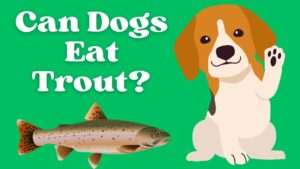

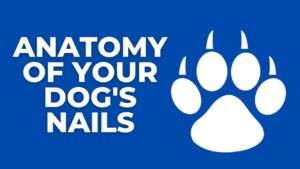
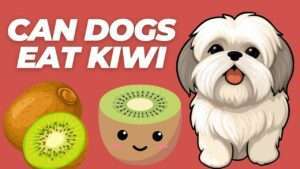
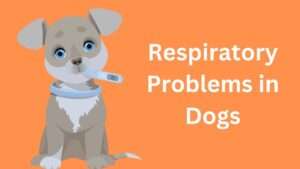



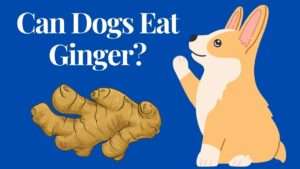
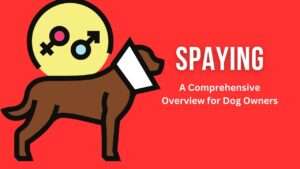


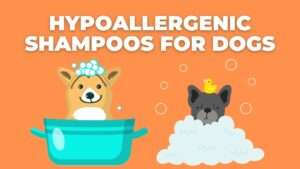
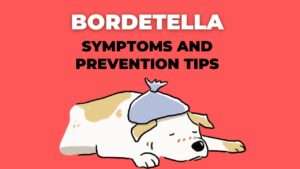
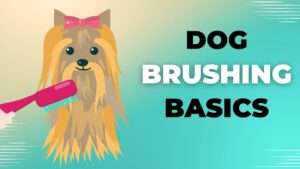

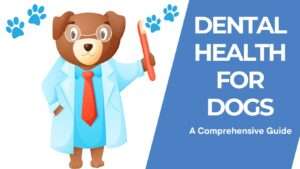
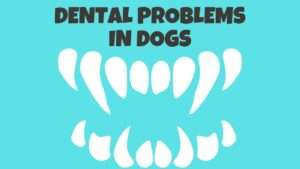
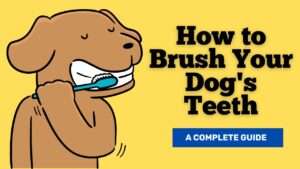







+ There are no comments
Add yours